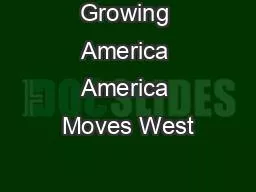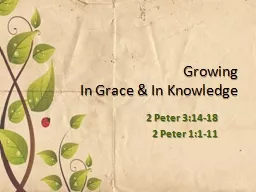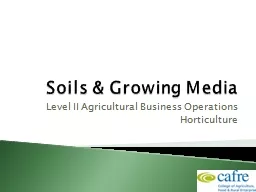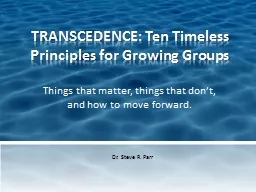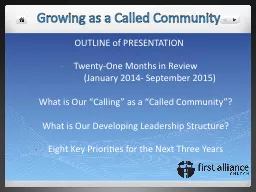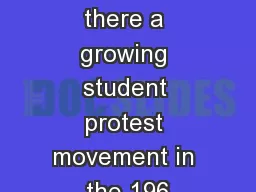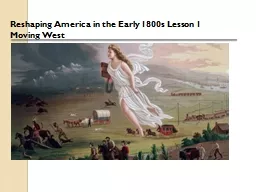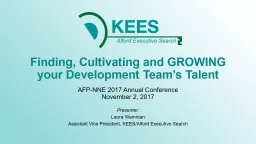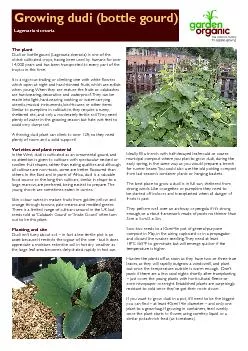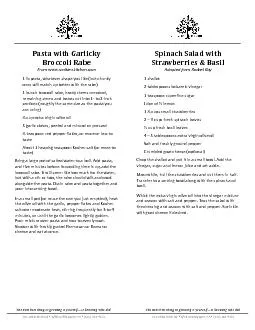PPT-Growing America America Moves West
Author : jewelupper | Published Date : 2020-07-03
Chapter 3 Miners Ranchers and Railroads Timeline 18551888 Key Terms frontier Comstock Lode boomtowns Cattle Kingdom cattle drive Chisholm Trail Pony Express transcontinental
Presentation Embed Code
Download Presentation
Download Presentation The PPT/PDF document "Growing America America Moves West" is the property of its rightful owner. Permission is granted to download and print the materials on this website for personal, non-commercial use only, and to display it on your personal computer provided you do not modify the materials and that you retain all copyright notices contained in the materials. By downloading content from our website, you accept the terms of this agreement.
Growing America America Moves West: Transcript
Download Rules Of Document
"Growing America America Moves West"The content belongs to its owner. You may download and print it for personal use, without modification, and keep all copyright notices. By downloading, you agree to these terms.
Related Documents

